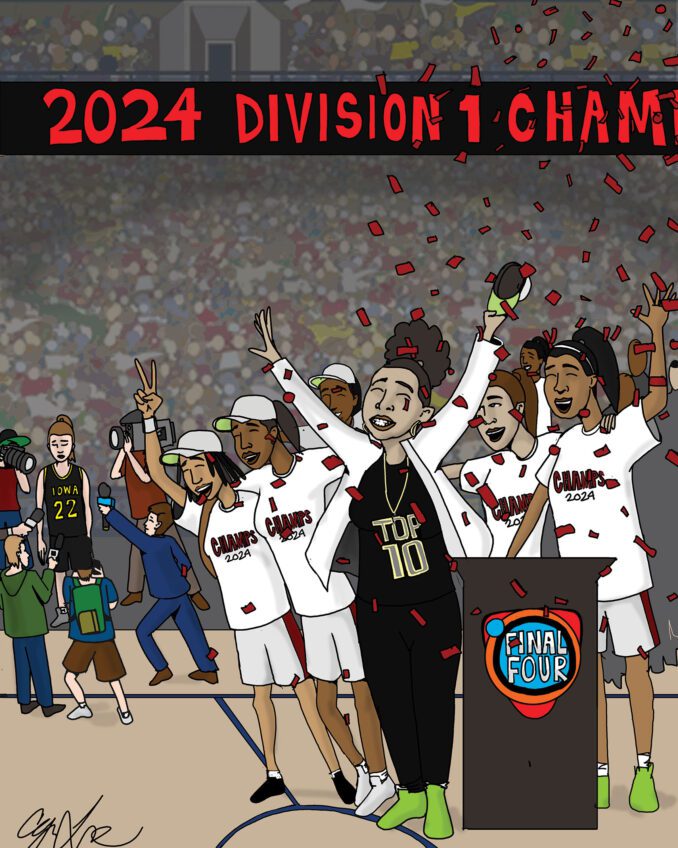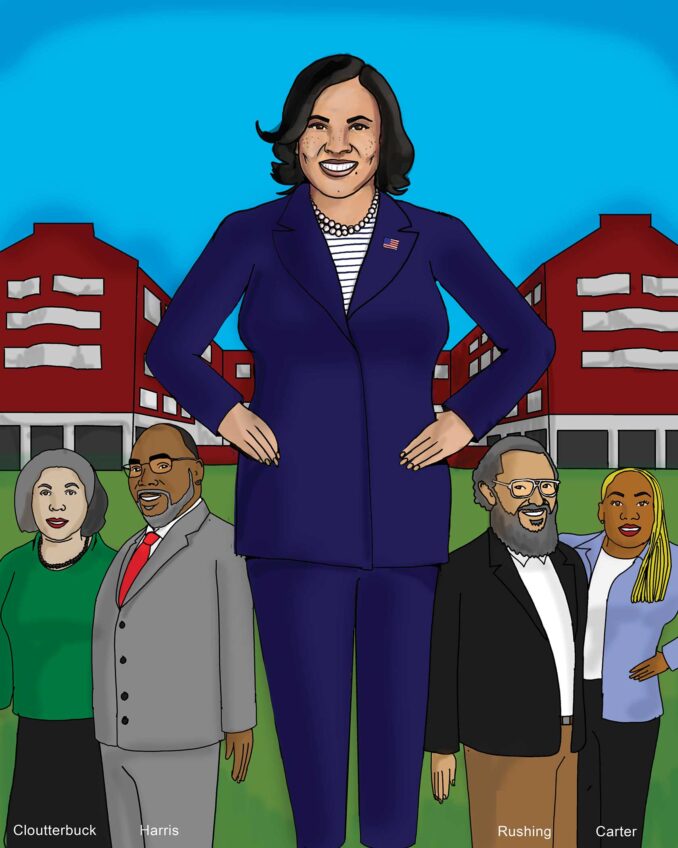The sympathetic reaction across the country to the death of Trayvon Martin created a political problem for conservatives. Those who supported the acquittal of George Zimmerman found themselves cast as racists. An aggressive reaction was to be expected.
The first line of attack was to point out the extraordinarily high rate of murders of young black men and the general lack of concern about those deaths. An analysis of homicide data found that more than half of the nation’s murder victims are black, mostly young men, although blacks account for only 13 percent of the nation’s population.
The second line of attack was to emphasize that most of the murders of young black men are committed by other blacks. According to the U.S. Justice Department, from 1976 to 2005, 94 percent of black victims were killed by other blacks and only 6 percent by whites. However, 14 percent of white homicide victims were killed by blacks. All of these crimes, conservatives assert, are a result of convenience and proximity and not race.
Conservatives then demean the concept of deterring black-on-black crime. This attitude demonstrates their insensitivity to the efforts of African Americans to influence the conduct of troublesome community residents.
Black urban neighborhoods developed decades ago as havens for their residents, much like enclaves for other ethnic groups. Each developed its own character, such as the Harlem Renaissance literary and art productions and the higher education achievement in Boston. One thing they shared in common was the relative protection from racial assaults from outsiders.
At first there was little crime within these black neighborhoods. People felt safe in the streets and they did not always worry about locking their doors. But as time went on crime increased. The concept of an aversion to black-on-black crime was meant essentially to shame perpetrators away from inflicting greater suffering on their neighbors, who already had to cope with a sometimes hostile white society.
Today, blacks of the older generation have a special disdain for criminals operating within their neighborhoods. They also have a keen memory of the times when white racists victimized blacks. The killing of Trayvon Martin aroused that woeful memory. None of this has any relevance to black-on-black crime, the mention of which was a diversionary tactic used by conservatives to emphasize the high rate of homicides by blacks against those of the same group.
Nothing conservatives do to rationalize Zimmerman’s acquittal can overcome the reality that Trayvon died with a bag of Skittles in his hand.

![Banner [Virtual] Art Gallery](https://baystatebanner.com/wp-content/uploads/2024/04/NJ-H_1-150x150.jpg)




